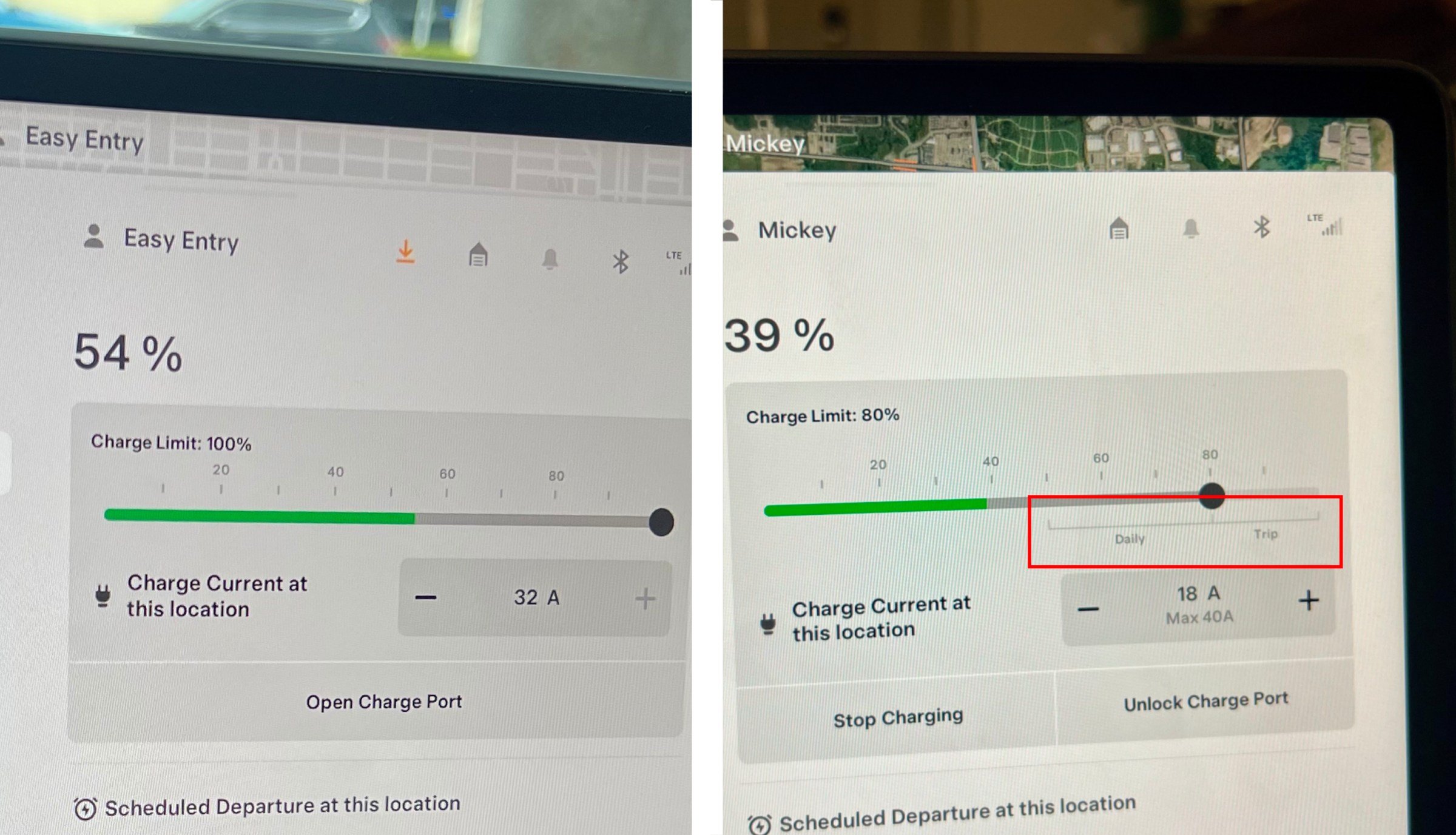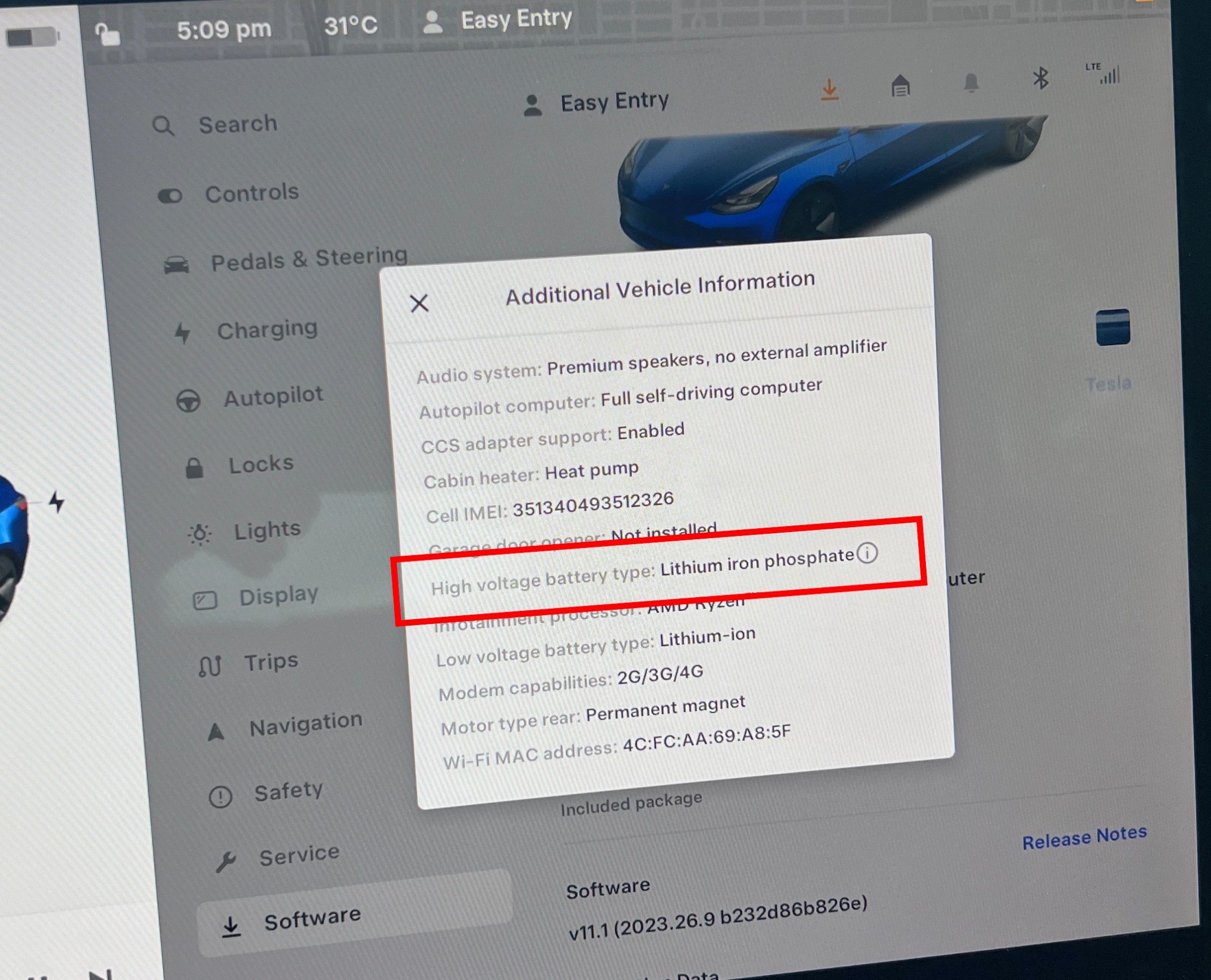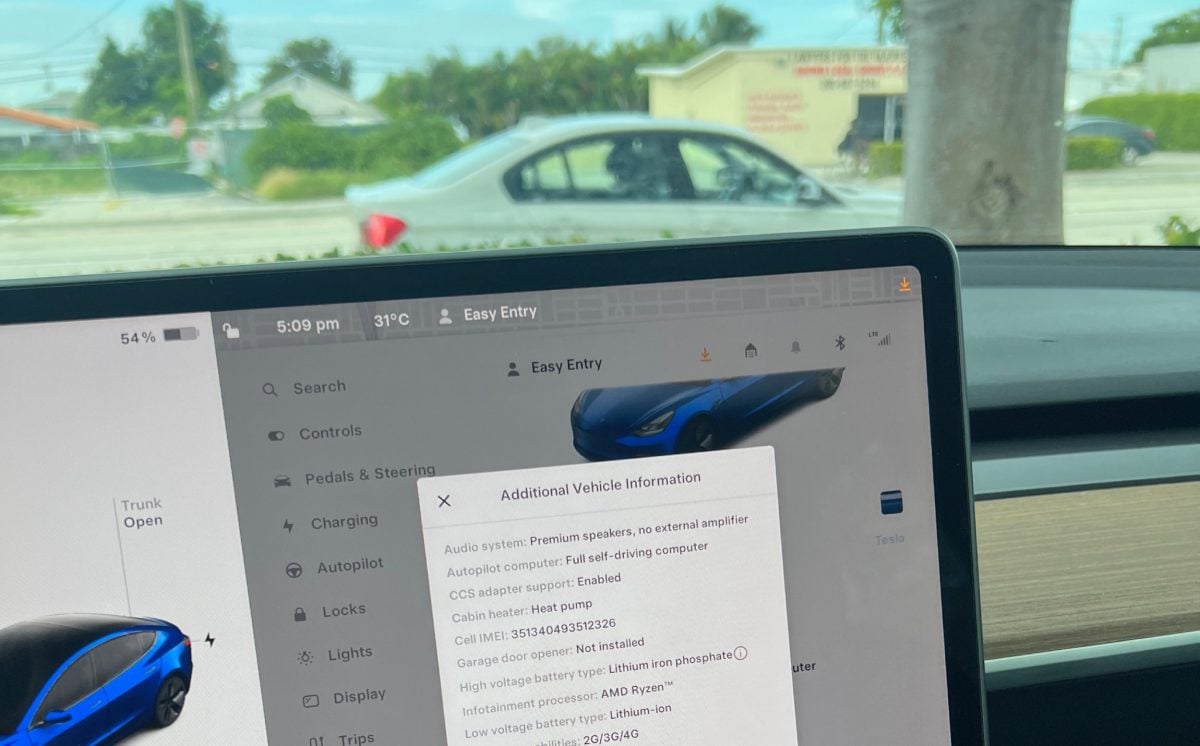Updated: November 6, 2023, with latest screenshots and best practices.
LFP chemistry (LiFePO4 or Lithium-iron-phosphate) batteries are very quickly gaining popularity in electric vehicle use as well as stationary energy storage around the world. From a consumer point of view, LFP batteries are less expensive to buy because the resources are more abundant. However, the energy density of LFP batteries is lower than that of other popular lithium-ion battery types.
NMC (Nickel Manganese Cobalt) and NCA (Nickel Cobalt Aluminum) are the other lithium-ion battery chemistries competing with LFP on the battery market. While MNC batteries could have energy density in the 260-300 Wh/kg (watt-hours per kilogram of mass), typical LFP batteries are between 125-160 Wh/kg. For example, a standard-range Tesla Model 3 with an LFP battery has a similar weight to a Long Range trim despite having lower energy capacity.
However, LFP batteries have several key advantages. The chemistry is cobalt-free, which has high environmental and human cost to extraction. Cobalt is mined in places with low human rights standards. LFP batteries have higher thermal and chemical stability which makes them less prone to runaway fires in collisions. In addition, LFP batteries typically support more charge/discharge cycles than competing chemistries. A commercial LFP battery can serve for 3,000 to 10,000 cycles, depending on conditions before degrading to 80% of its original capacity. Under similar conditions, NCA batteries will typically serve for 1,000 to 2,300 cycles.
Can you charge LFP batteries to 100% all the time?
Yes, you can. Manufacturers even encourage it.
We’ve covered the manufacturers’ recommendations for high-voltage battery maintenance in the past. The main theme of these recommendations was to avoid leaving the battery too full or too empty for long periods of time. Most EVs will have charge limit settings for “Daily” and “Trip” so that drivers are not daily charging to 100% capacity, which may age the NCA/MNC chemistries faster.

Photo credit: Michael Kim
Electric cars equipped with LFP batteries usually do not have this software restriction. In my photo above, a standard range Model 3 with an LFP pack has no restrictions against charging to 100%. On the right side of the photo, my NCA battery Model Y Long Range recommends a Daily limit of only 80%. Given that manufacturers are on the hook for early degradation through warranties, this gives us the confidence to charge LFP battery cars to 100% without much hesitation.
The official manual for the Tesla Model 3 even states that daily charging to 100% is recommended, and should be done at least once a week to keep the battery properly calibrated.
If your vehicle is equipped with an LFP Battery, Tesla recommends that you keep your charge limit set to 100%, even for daily use, and that you also fully charge to 100% at least once per week.
Tesla Model 3 Manual
How can you check if your Tesla has an LFP battery?
In 2023, entry-level single-motor Model 3 and Model Y cars have LFP batteries. You can confirm by going to the Software screen of the car and tapping on Additional Vehicle Information.
The following screen will confirm your battery chemistry:

What about when not driving for a while?
While it is okay to charge LFP batteries to 100% regularly. The advice for long-term storage is the same as for NCA (Nickel Cobalt Aluminum) lithium batteries. If you are leaving your EV parked for more than a couple of days, the recommended long-term storage SoC (state of charge) is about 50%.
Related
- How to see a Tesla’s battery temperature
- Supercharging as Seen Through a Thermal Camera
- What is “Yo-Yo’ing” in the Context of EV Charging?
- Should you charge your Tesla to 80% or 90%?
- Three Very Different Approaches to Home EV Charging Apps

